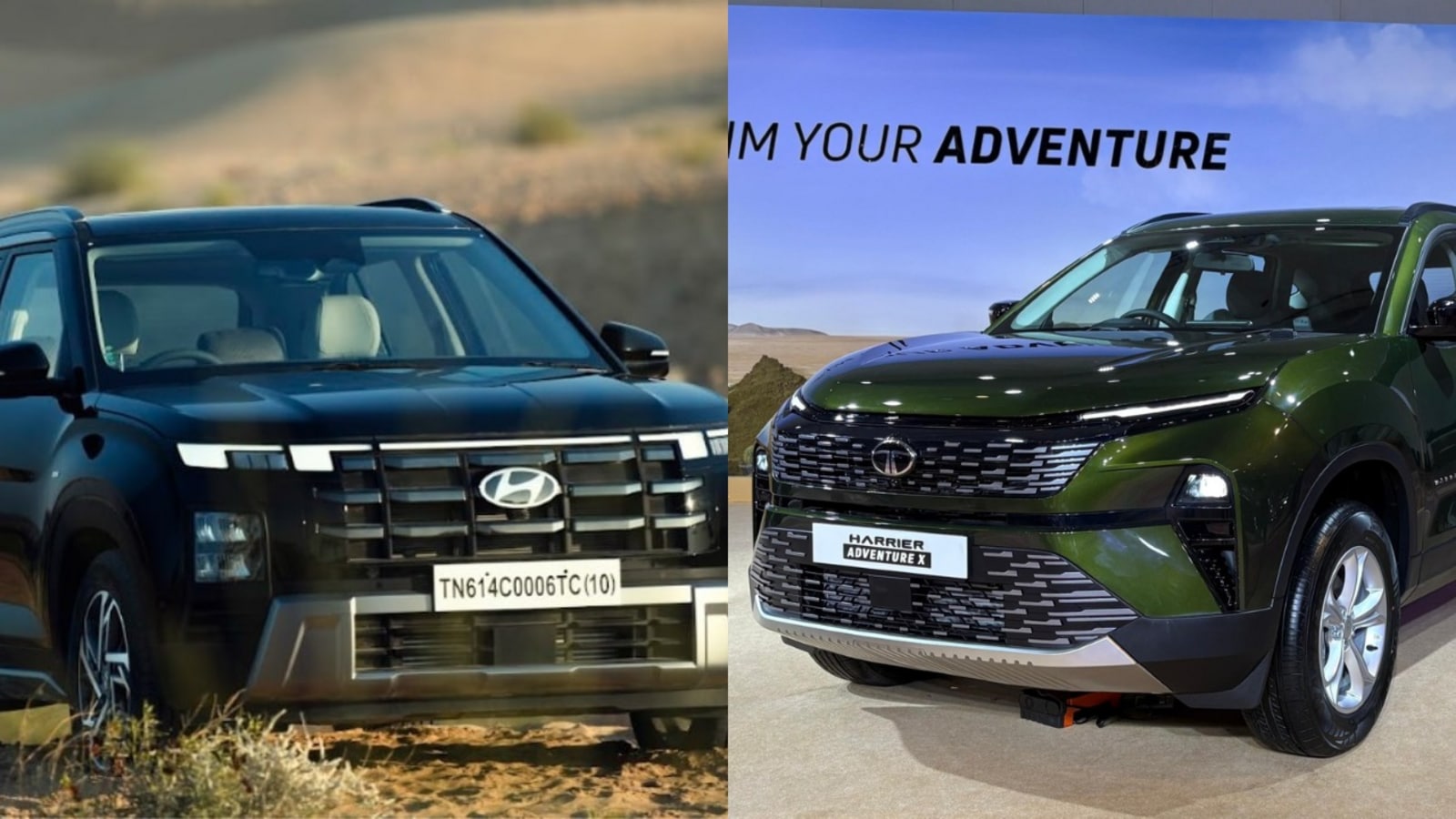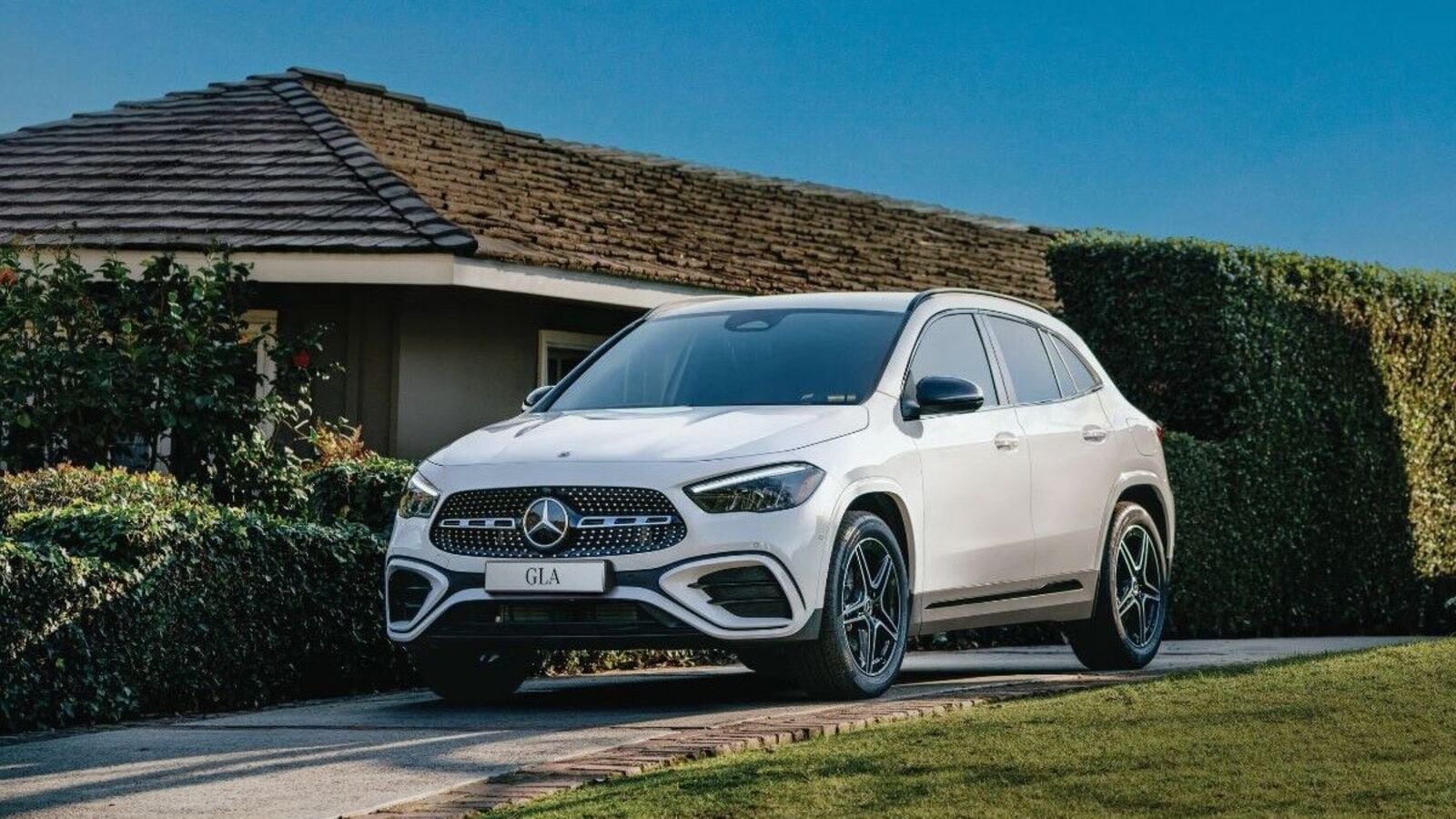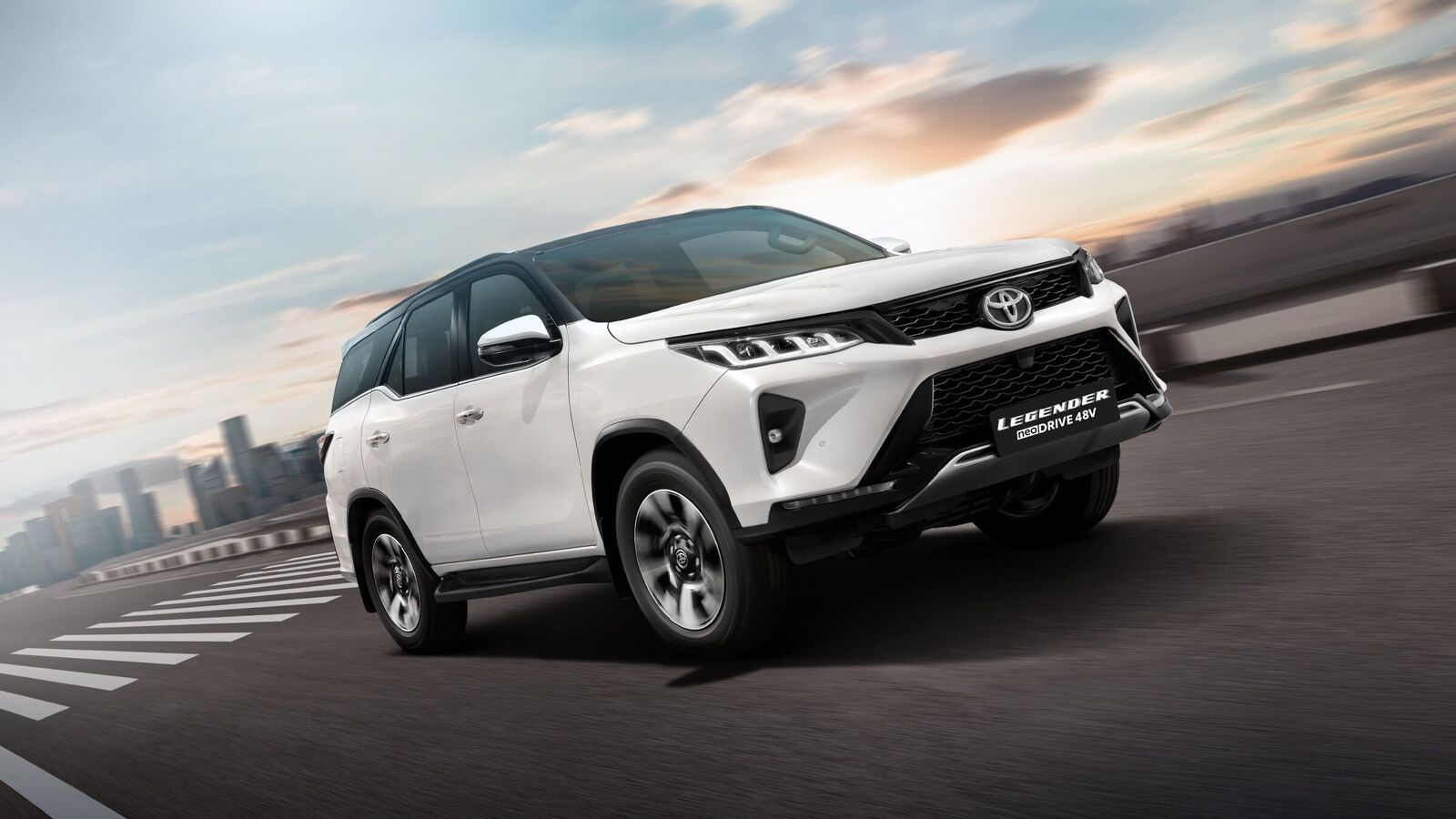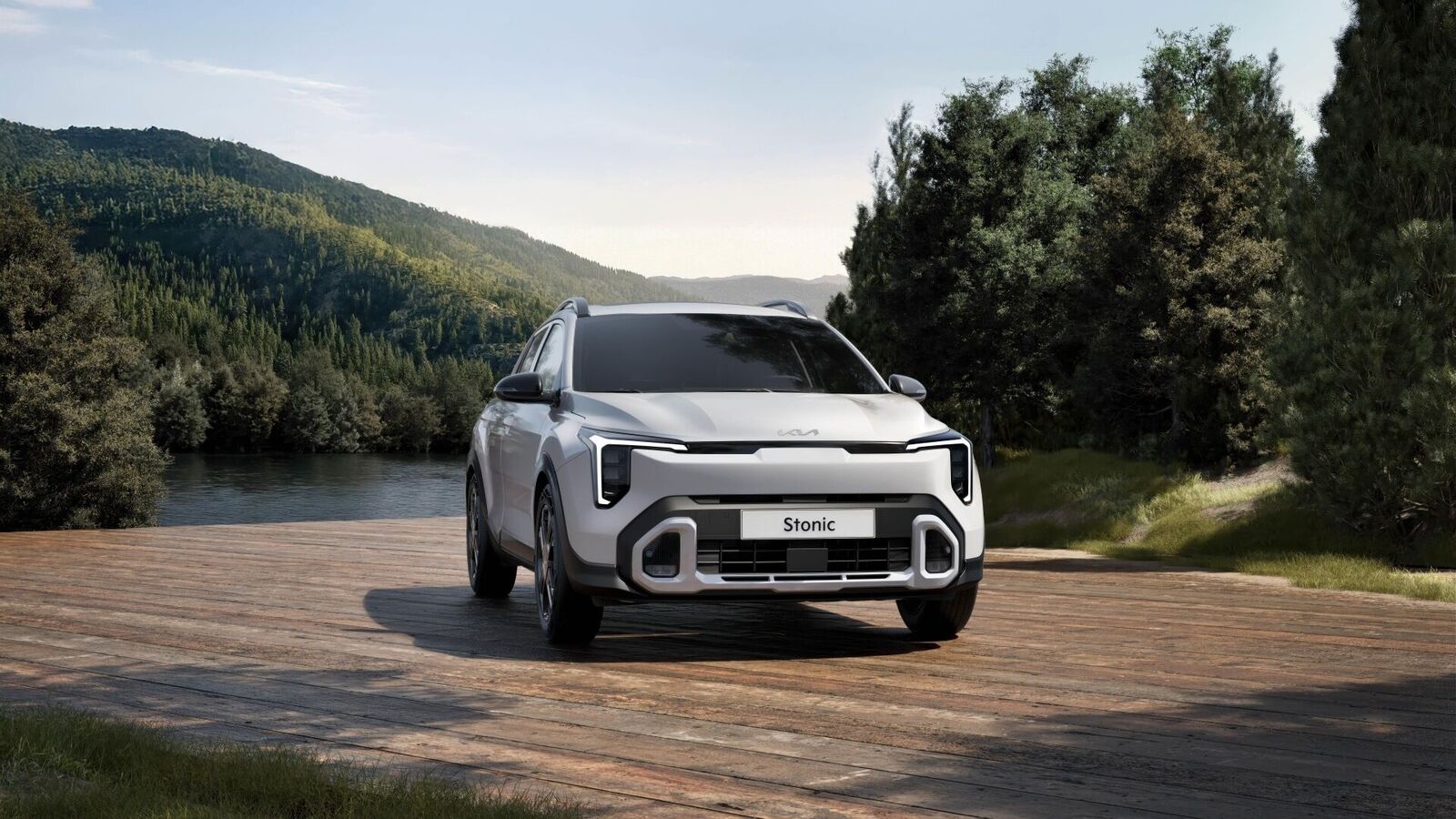- GST 2.0 introduces a simpler two-slab tax structure for automobiles, reducing costs for small cars and slightly lowering prices for larger vehicles. While larger cars are taxed at 40 per cent.
View Personalised Offers on
The new Goods and Services Tax (GST) regime, announced by Prime Minister Narendra Modi last month, has officially come into force. Nicknamed ‘GST 2.0,’ it reshapes automobile taxation in India by moving to a simpler two-slab structure of 5 per cent and 18 per cent, with a special 40 per cent slab for luxury goods. The big headline for car buyers is that the compensation cess, which earlier sat on top of GST, has been scrapped.


For small cars and two-wheelers, this means lower costs. But for mid-size and larger cars, especially those longer than four metres with petrol engines above 1,200cc or diesel engines over 1,500cc, the impact is mixed. These models are now taxed at a flat 40 per cent.
Also Read : Festival arrives early: GST slashed, hatchbacks to be cheaper with lowered tax
How old vs new system compares
Earlier, all passenger cars attracted a 28 per cent GST, plus a cess ranging from 1 per cent to 22 per cent depending on engine size and body style. This pushed up effective tax rates on larger cars to 45 per cent to 50 per cent.
Under GST 2.0, the cess is gone. Instead, these cars now fall into the 40 per cent luxury slab. So while the headline GST rate looks higher, the overall incidence for most mid-size and large cars is actually lower than before.
- Petrol cars between 1,200cc and 1,500cc: down from ~45 per cent to 40 per cent.
- Diesel cars above 1,500cc: down from ~48 per cent to 40 per cent.
That means, in real terms, these bigger vehicles should see slight relief in their on-road prices.
Also Read : GST on motorcycles above 350cc hiked; Royal Enfield, Bajaj Auto to bear the brunt
What will the on-road price for popular SUVs look like?
Here’s a look at some of the popular models over 4 metres in length and how their on-road prices are expected to shift after the new GST rules:
- Hyundai Creta: The Hyundai Creta is priced between ₹11.11 lakh and ₹20.92 lakh (ex-showroom, Delhi). Under the new GST, the on-road price is expected to be from ₹17.15 lakh to ₹32.16 lakh, compared to the earlier on-road pricing of ₹17.70 lakh to ₹33.20 lakh.
- Kia Seltos: The Kia Seltos costs ₹11.19 lakh to ₹20.56 lakh (ex-showroom, Delhi). The on-road price will now be ₹17.27 lakh to ₹31.61 lakh, lower than the earlier ₹17.83 lakh to ₹32.63 lakh.
- Honda Elevate: The Honda Elevate comes at ₹11.91 lakh to ₹16.73 lakh (ex-showroom, Delhi). Under the new scheme, it could now cost from ₹18.37 lakh to ₹25.75 lakh on-road, compared to ₹18.97 lakh to ₹26.58 lakh before.
- Maruti Grand Vitara: The Maruti Grand Vitara is priced at ₹11.42 lakh to ₹20.68 lakh (ex-showroom, Delhi). The on-road price could now be ₹17.62 lakh to ₹31.79 lakh, down from ₹18.19 lakh to ₹32.82 lakh.
- Mahindra Scorpio N: The Mahindra Scorpio-N comes at ₹13.99 lakh to ₹25.62 lakh (ex-showroom Delhi). Its on-road cost would now be ₹19.68 lakh to ₹39.22 lakh, compared to ₹20.35 lakh to ₹40.45 lakh earlier.
- Tata Safari: The Tata Safari is priced between ₹15.50 lakh and ₹27.44 lakh (ex-showroom Delhi). The new on-road pricing is expected to be ₹21.84 to ₹41.61 lakh, while earlier it was ₹22.61 lakh to ₹42.91 lakh.
- Tata Harrier: The Tata Harrier comes at ₹15.00 lakh to ₹26.69 lakh (ex-showroom Delhi). Buyers now pay ₹21.15 lakh to ₹40.46 lakh, lower than the earlier ₹21.88 lakh to ₹41.74 lakh.
- Mahindra XUV700: The Mahindra XUV700 costs ₹14.49 lakh to ₹25.14 lakh (ex-showroom, Delhi). On-road, it now ranges from ₹20.40 lakh to ₹38.34 lakh, compared to ₹21.10 lakh to ₹39.51 lakh earlier.
- Toyota Innova Crysta: The Toyota Innova Crysta is priced at ₹19.99 lakh to ₹27.08 lakh (ex-showroom, Delhi). The on-road cost could now be from ₹27.53 lakh to ₹41.15 lakh, compared to the ₹28.47 to ₹42.63 lakh earlier.
- Toyota Fortuner: The Toyota Fortuner comes at ₹36.05 lakh to ₹44.72 lakh (ex-showroom, Delhi). Its new on-road price is expected to be from ₹55.31 lakh to ₹68.57 lakh, down from ₹57.11 lakh to ₹70.81 lakh.
- Volkswagen Virtus: The Volkswagen Virtus costs ₹10.56 lakh to ₹19.40 lakh (ex-showroom, Delhi). On-road pricing will now be ₹16.31 lakh to ₹29.83 lakh, compared to ₹16.83 lakh to ₹30.80 lakh earlier.
- Honda City: The Honda City is priced between ₹12.38 lakh and ₹16.65 lakh (ex-showroom, Delhi). Buyers would now pay from ₹19.09 to ₹25.62 lakh, slightly less than the earlier ₹19.71 to ₹26.46 lakh.
- Hyundai Verna: The Hyundai Verna is priced from ₹11.07 lakh to ₹17.58 lakh (ex-showroom, Delhi). The new on-road price would now be ₹17.09 to ₹27.05 lakh, compared to ₹17.64 to ₹27.93 lakh earlier.
What does it mean for you?
The GST 2.0 regime is a double-edged sword. Small cars get a big boost from the 18 per cent slab, which could revive entry-level sales. Larger cars, SUVs, and MPVs are now officially slotted as ‘luxury goods’ under the 40 per cent slab, but since the cess is gone, they’re actually slightly more affordable than before.
For consumers planning to buy cars like the Creta, Harrier, or Fortuner, this means better value during the ongoing festive season. However, luxury EVs such as Tesla and BYD, which also fall under the 40 per cent bracket, could feel pressure, potentially slowing their growth in India.
Check out Upcoming Cars in India 2025, Best SUVs in India.
First Published Date: 04 Sept 2025, 11:40 am IST




